the DS writer
Extraits
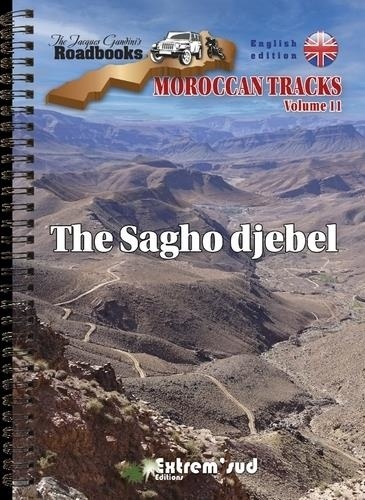
Tourisme étranger
Moroccan tracks Volume 11. The sagho djebel
08/2022
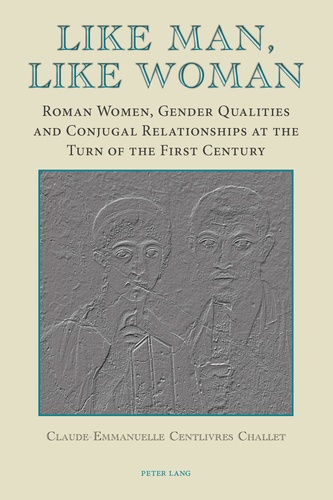
Religion
Like Man, Like Woman
07/2013
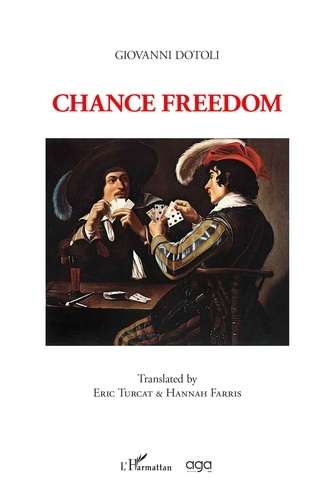
Littérature française
Chance freedom. Translated by Eric Turcat & Hannah Farris
03/2023
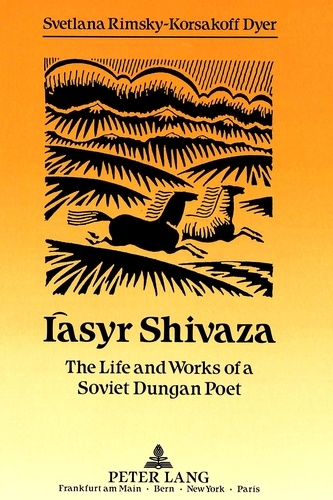
Non classé
Iàsyr Shivaza: The Life and Works of a Soviet Dungan Poet
11/1991

Non classé
From Scarcity to Sustainability
12/1991
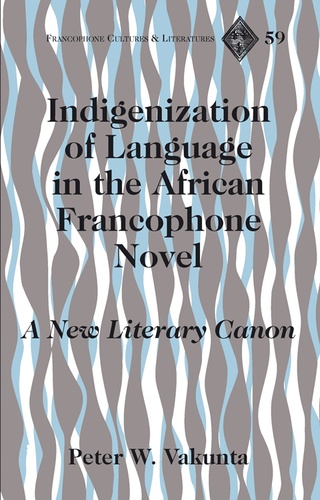
Littérature érotique et sentim
Indigenization of Language in the African Francophone Novel
12/2010
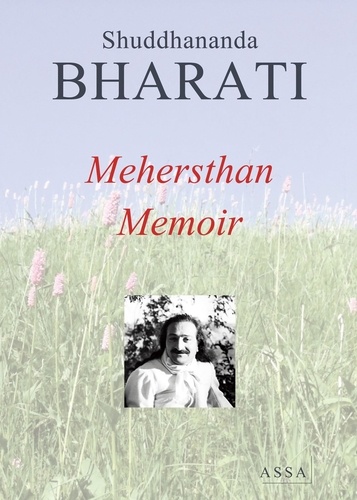
Littérature française
Mehersthan Memoir (Meher Baba)
07/2017
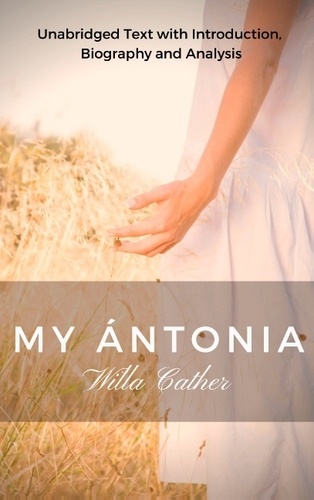
Littérature française
Willa Cather my Antonia. Unabridged Text with Introduction, Biography and Analysis
05/2017

Guides gastronomiques
Paris. Restaurants d'antan et de toujours, Edition bilingue français-anglais
05/2023
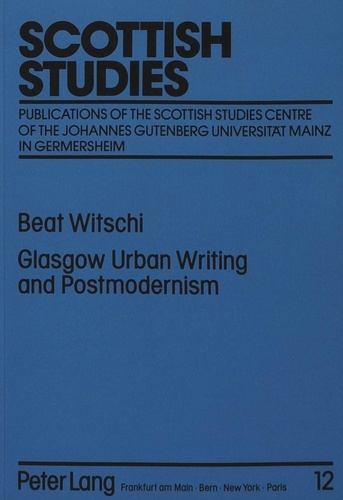
Religion
Glasgow Urban Writing and Postmodernism
04/1991
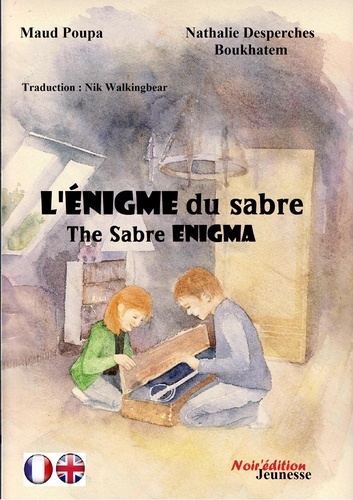
Lecture 6-9 ans
L'énigme du sabre. Edition bilingue français-anglais
06/2018
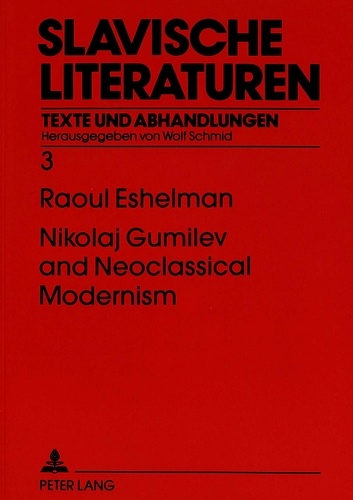
Non classé
Nikolaj Gumilev and Neoclassical Modernism
03/1993
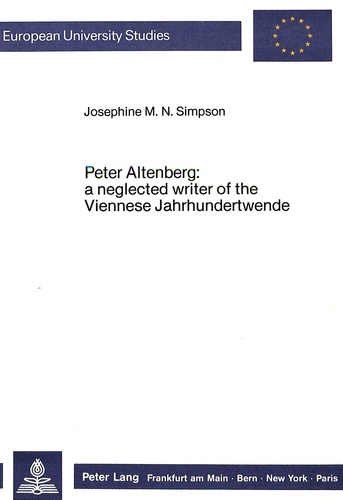
Non classé
Peter Altenberg
08/1987
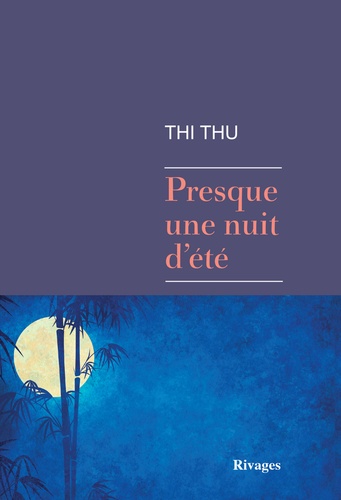
Littérature française
Presque une nuit d'été
08/2018
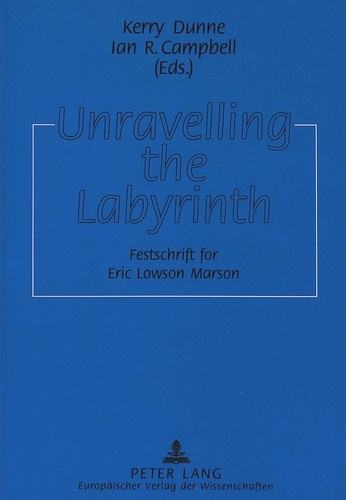
Non classé
Unravelling the Labyrinth
08/1997
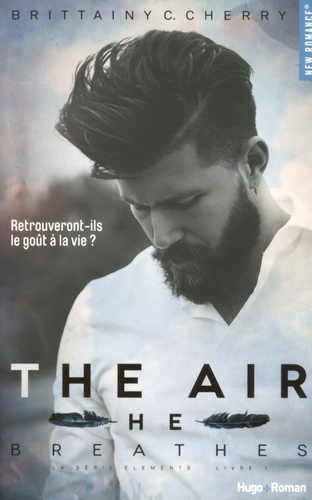
Littérature érotique et sentim
The elements Tome 1 : The air he breathes
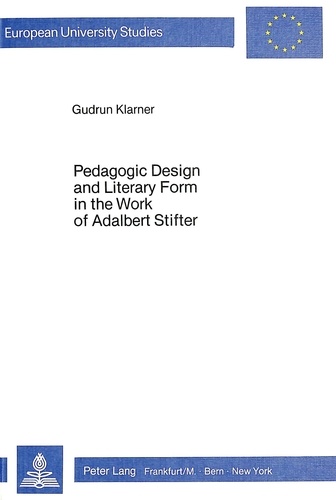
Non classé
Pedagogic Design and Literary Form in the Work of Adalbert Stifter
12/1986
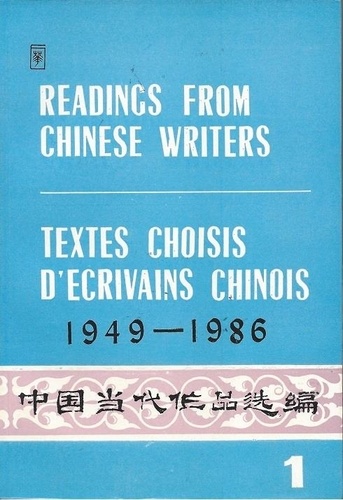
Littérature française
READINGS FROM CHINESE WRITERS: TEXTES CHOISIS D'ECRIVAINS CHINOIS 1949-1986, Tome I
01/1989
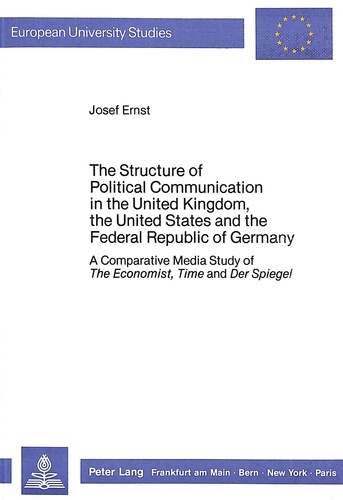
Sciences politiques
The Structure of Political Communication in the United Kingdom, the United States and the Federal Republic of Germany
11/1987
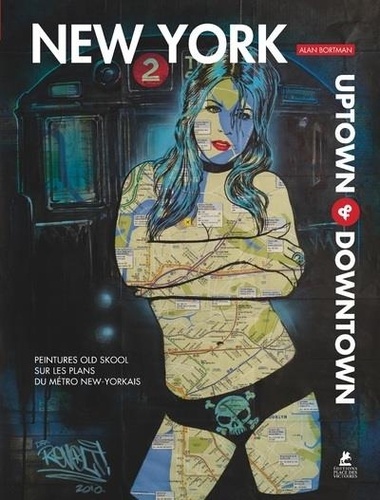
Art mural, graffitis, tags
New-York Street Art - Uptown Downtown
10/2023

Art mural, graffitis, tags
Tokyo Graffiti
10/2023
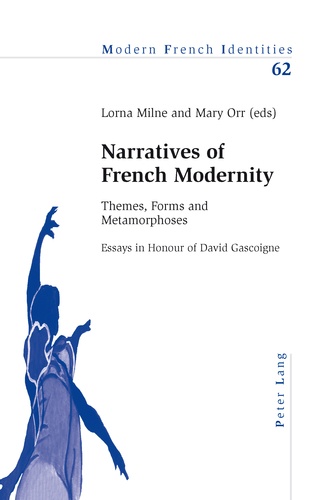
Sciences politiques
Narratives of French Modernity
03/2011
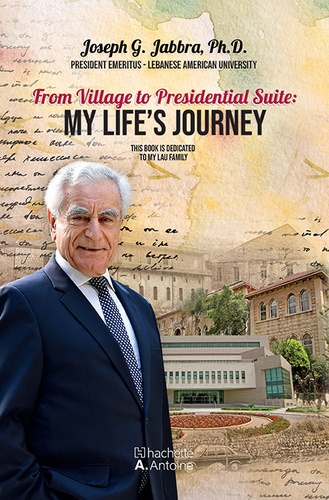
Non classé
From the village to presidential suite, my life journey
08/2022
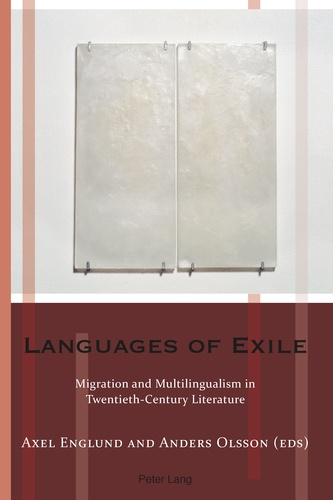
Non classé
Languages of Exile
10/2013
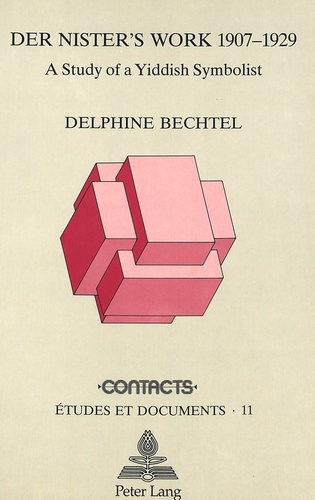
Non classé
Der Nister's Work 1907-1929
01/1991
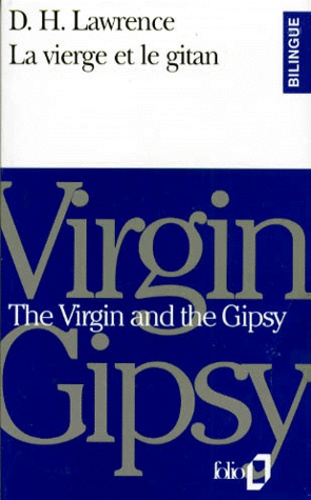
Anglais apprentissage
LA VIERGE ET LE GITAN : THE VIRGIN AND THE GIPSY
02/1993

Poésie
Footsteps
04/2022
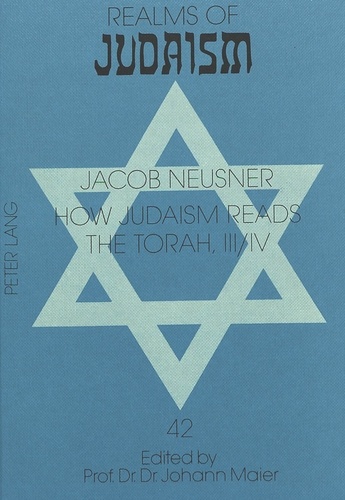
Non classé
How Judaism reads the Torah, III
09/1993

Histoire et Philosophiesophie
The Undergrowth of Science. Delusion, self-deception and human frailty
01/2000
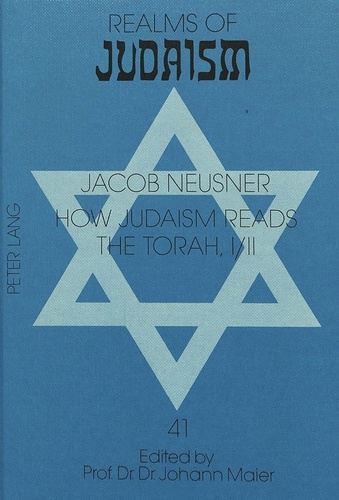
Non classé
How Judaism reads the Torah I / II
10/1993

